Enhancing Patient Safety with Motorized ICU Beds
In modern healthcare, the importance of patient safety cannot be overstated. Hospitals and healthcare facilities are constantly evolving to ensure that patients receive the best care in a safe and comfortable environment. Among the many advancements in medical technology, motorized ICU beds stand out as a game-changer. These beds are more than just a platform for resting; they are meticulously designed to address critical aspects of patient care and safety. In this blog, we will explore how motorized ICU beds enhance patient safety, improve healthcare outcomes, and revolutionize the intensive care unit (ICU) environment.
Understanding Motorized ICU Beds
Motorized ICU beds are advanced hospital beds equipped with electrical motors that allow for automated adjustments of various bed components, such as height, tilt, and reclining positions. They often come with features like built-in monitors, side rails, weight sensors, and remote control systems. These beds are specifically designed to cater to critically ill patients who require intensive monitoring and care.
Key Features of Motorized ICU Beds
To understand how motorized ICU beds enhance patient safety, it is essential to examine their key features:
- Adjustable Positions: These beds allow for seamless adjustments to head, leg, and overall body positioning, reducing the need for manual intervention. This helps in maintaining proper posture and circulation for patients.
- Integrated Monitoring Systems: Many motorized ICU beds come with integrated systems to monitor vital signs, such as heart rate and oxygen levels, providing real-time data to healthcare professionals.
- Side Rails with Locking Mechanisms: Adjustable side rails ensure patient safety by preventing falls. The locking mechanisms offer additional security, especially for unconscious or semi-conscious patients.
- Weight Sensors: Built-in weight sensors help monitor fluid retention and weight fluctuations, which are critical parameters in ICU care.
- Emergency Positioning: One-touch controls for emergency positions, such as Trendelenburg and reverse Trendelenburg, allow rapid adjustments during critical situations.
- Ease of Mobility: Equipped with motorized wheels, these beds are easy to move, enabling quick transportation of patients without compromising their safety.
Enhancing Patient Safety: Key Benefits
1. Fall Prevention
Falls are a significant concern in healthcare settings, particularly in the ICU where patients are often weak, disoriented, or sedated. Motorized ICU beds reduce fall risks by:
- Offering adjustable side rails that create a secure boundary.
- Incorporating alarms that alert staff when patients attempt to leave the bed unsupervised.
- Providing height adjustability, allowing the bed to be lowered close to the ground when necessary.
2. Reduced Pressure Injuries
Pressure ulcers, also known as bedsores, are a common complication for immobile patients. Motorized ICU beds help prevent pressure injuries through:
- Automated repositioning features that minimize prolonged pressure on specific body areas.
- Advanced mattress systems designed to distribute weight evenly and reduce friction.
3. Improved Respiratory Support
Patients in the ICU often require respiratory support. Motorized beds enhance respiratory care by:
- Allowing precise adjustments to the head and torso, promoting better lung expansion and oxygenation.
- Enabling quick positioning for procedures like intubation or bronchoscopy.
4. Enhanced Infection Control
Infection control is a critical component of patient safety. Motorized ICU beds contribute by:
- Utilizing antimicrobial surfaces that reduce the risk of hospital-acquired infections (HAIs).
- Featuring easy-to-clean components that ensure thorough disinfection.
5. Facilitating Emergency Response
In emergencies, every second counts. Motorized ICU beds enable rapid response through:
- Pre-programmed emergency positions accessible with a single button press.
- Smooth mobility, ensuring patients can be moved quickly to operating rooms or imaging facilities.
Empowering Healthcare Professionals
Motorized ICU beds not only benefit patients but also empower healthcare professionals to deliver better care. By reducing the need for manual lifting and adjustments, these beds minimize the physical strain on nurses and caregivers. This leads to improved staff efficiency, reduced risk of caregiver injuries, and more time for direct patient interaction.
Additionally, integrated monitoring systems and alarms provide real-time feedback, enabling medical staff to address potential issues before they escalate. This proactive approach to patient care significantly enhances overall safety and outcomes.
Cost-Benefit Analysis
While motorized ICU beds represent a significant investment, their long-term benefits outweigh the initial costs. By reducing complications such as falls, pressure injuries, and infections, these beds contribute to shorter hospital stays and lower treatment costs. Moreover, improved patient outcomes and satisfaction translate into better hospital ratings and increased trust among patients and their families.
Real-World Applications
Hospitals worldwide are witnessing the transformative impact of motorized ICU beds. For instance:
- A study conducted in a leading medical center found a 30% reduction in patient falls after upgrading to motorized beds.
- Another healthcare facility reported faster recovery times and fewer respiratory complications due to the adjustable features of these beds.
These real-world applications highlight the practical benefits and importance of incorporating motorized ICU beds into modern healthcare.
Conclusion
Motorized ICU beds are a cornerstone of patient safety in critical care settings. Their innovative features address common challenges in ICU care, from fall prevention to enhanced respiratory support. By investing in these advanced beds, hospitals can ensure better safety, improved outcomes, and a higher standard of care for their patients.
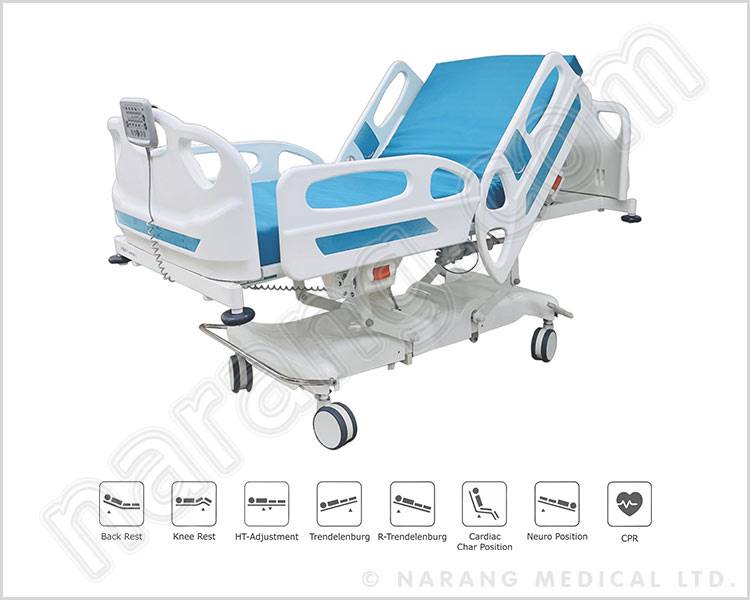
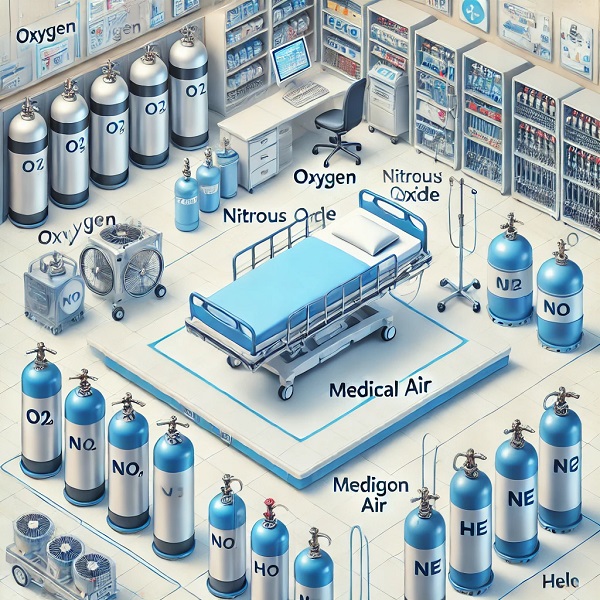
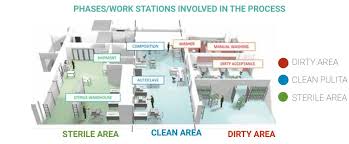
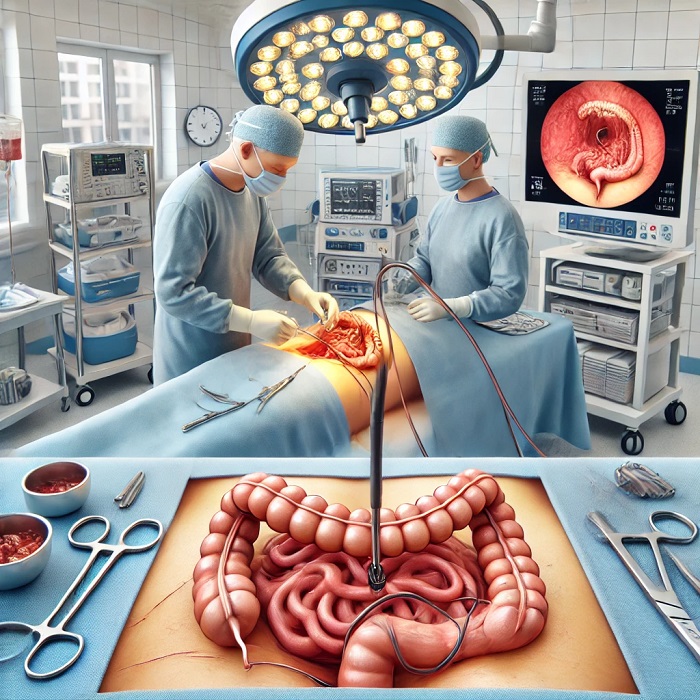
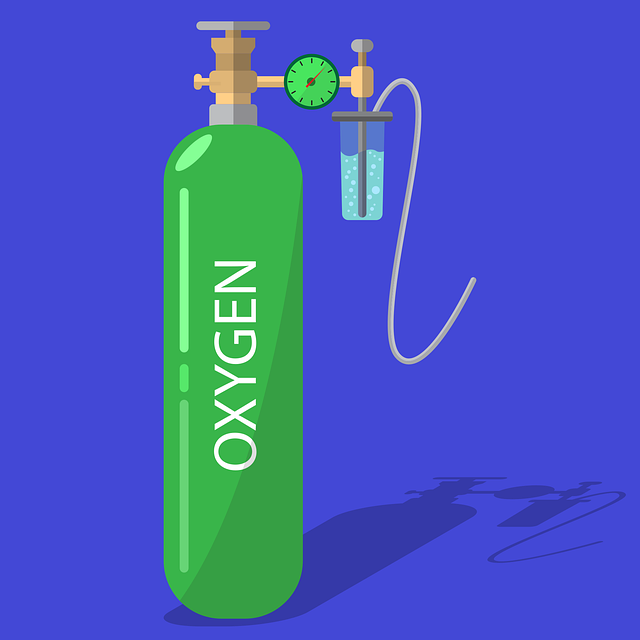


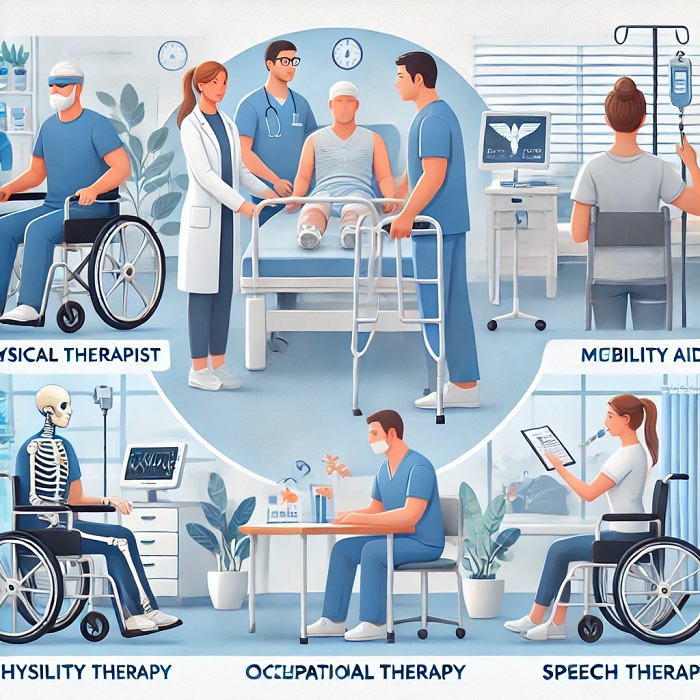
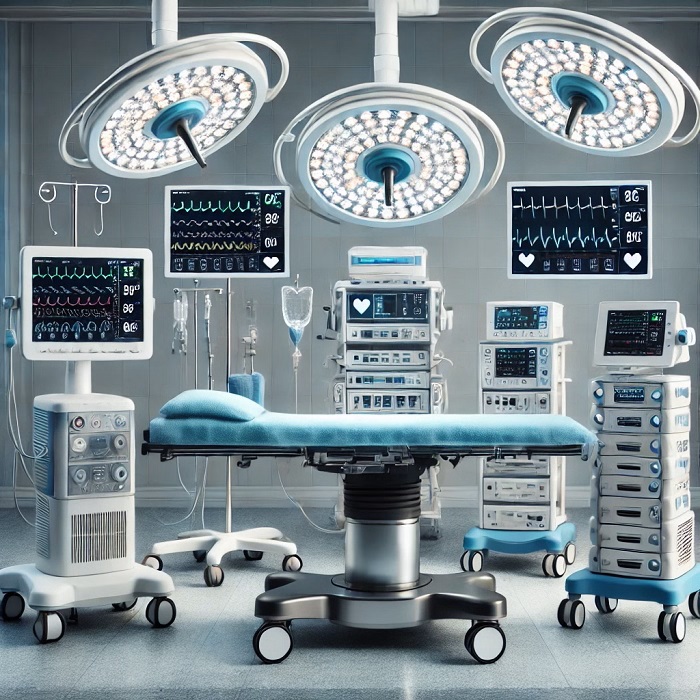
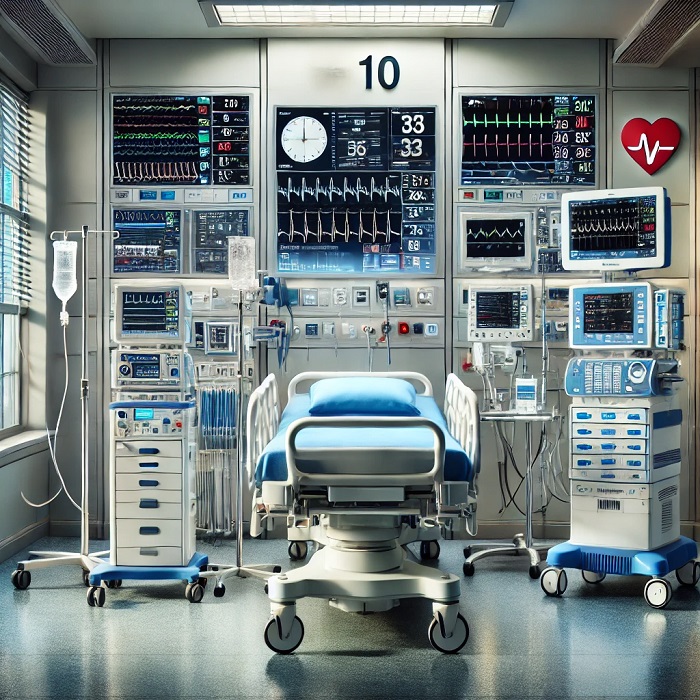
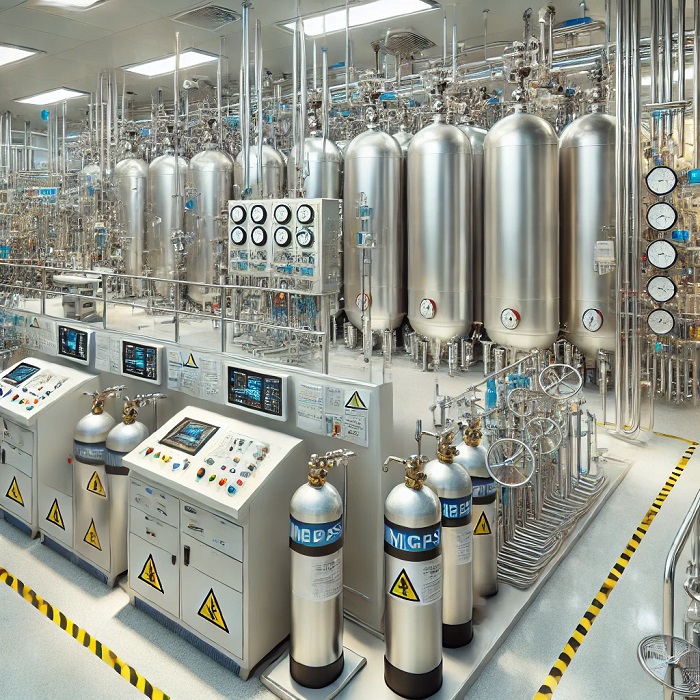




Leave a Reply